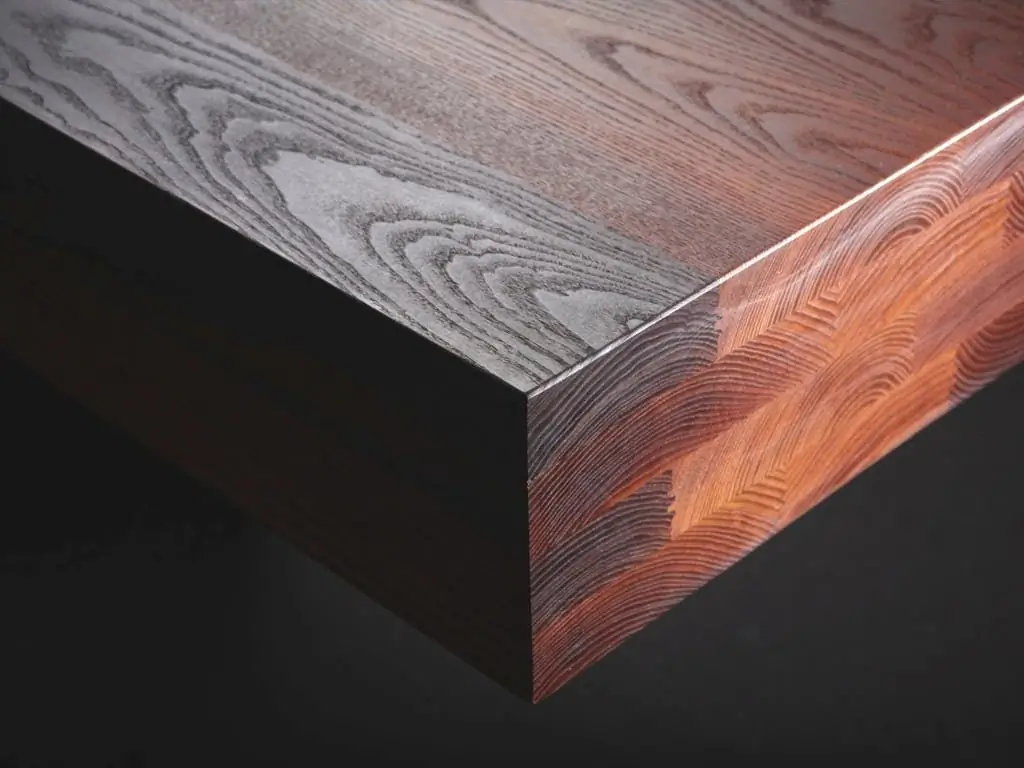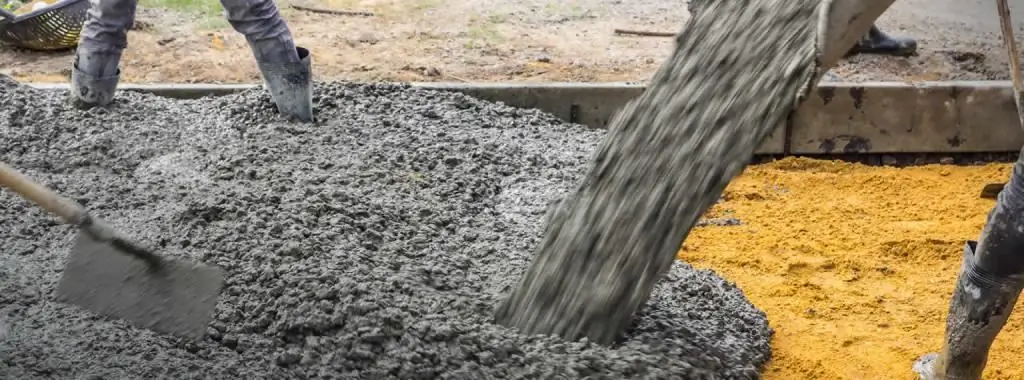2025 Author: Howard Calhoun | [email protected]. Last modified: 2025-01-24 13:10:49
Linen rope is a wickerwork. It is obtained by combining several threads into strands, which are then twisted into a rope. It is made from coarse flax fiber and is used for packaging, industrial, construction and transport purposes. Products of this kind have been popular for centuries due to their low cost, combined with high strength, a sufficient coefficient of friction, slight extensibility and low electrification. Recently, the material began to be appreciated for its interesting decorative properties.

Due to the absence of accumulation of static electricity, the linen cord is successfully used for work with flammable or explosive goods. When burning, this product does not emit harmful components, which allows it to be used in the creation of life-saving equipment. In addition, the cord is quite light, which increases the convenience of its use. Products of this kind were especially popular with sailors of past centuries, until they were replaced by marine chains for anchors and synthetic materials for rigging ships.
Linen rope likea product based on natural raw materials is subject to the influence of the external environment. But this does not prevent it from being used in construction for decorating the seams of log cabins (instead of tow) or decorating the interior elements of the premises. To increase the service life in this case, such an environmentally friendly product as linseed oil is used, which is impregnated with products. Ropes are sometimes used by designers to create crafts and decorations. For example, thin cords can be seen as the basis for jewelry made from natural materials. Thick ones are suitable for braiding.

The production of ropes is regulated by several state standards, among which No. 1765-89 just refers to linen rope products. This document states that cords can be produced with a diameter of 6-14 millimeters and consist of 3-4 strands, each of which includes 9-12 cables (a cable is a linen strand impregnated with anti-corrosion and antiseptic compounds that provide improved biostability and prolong the term product operation). Ropes made from natural materials are strong enough and withstand loads from 330 to 1050 kg, depending on the brand of goods.

Linen rope is produced on the basis of GOST No. 1868-88. For its manufacture, only short fibers (up to number three) are taken. When producing such products, they are guided by the same principle as when making ropes - the yarn is twisted into strands, which are then twisted into ropes. In this case, the twisting of yarn and strands is usually done in directions opposite to each other.friend.
State standards indicate that pure linen raw materials are not used today. Instead, hemp is added to flax for production, which makes it possible to obtain products with a diameter of 6.5-24 mm, which can withstand loads up to 1400 daN. The finished product should not contain free alkalis, acids, copper s alts, which will allow flax ropes to be recognized as environmentally friendly products. Unfortunately, both rope and linen cord are products with a fairly short shelf life. For example, according to GOST, the guaranteed shelf life for them is one year from the date of manufacture.
Recommended:
The main object of commercial activity is the product. Classification and characteristics of goods

For an average person who is not related to business, the concept of an object of commercial activity is unfamiliar. However, this term indirectly applies to all spheres of our life. According to the theory, objects of this kind include everything that can be bought or sold, that is, property of any purpose, including goods. Let's find out what is meant by this concept. In addition, we will reveal the main characteristics of the product and its classification
Heat-treated wood: main characteristics, production technology, pros and cons

Almost every one of us has come across such a concept as heat-treated wood. However, few have thought about what it really means. Meanwhile, this material can be considered innovative. Due to the high temperature - from +150 °C to +250 °C - the material is strong and durable
Customer Service: Rules and Standards, Principles and Methods

The competition in trade is huge these days. Customers are now very demanding, and therefore the service must be at a high level. This means that people no longer have enough of a large assortment and budget prices. So how do you keep your customers and improve your service?
Flow methods of production organization: parameters, characteristics and standards. The need for this method in production

Today, in-line production is the most progressive form of organization of the production system. Optimal speed of work, minimum labor intensity and maximum quality of production - this is not a complete list of the advantages of the method under consideration
Concrete mix: properties, composition, types, grades of concrete, characteristics, compliance with GOST standards and application

Among the main properties of the concrete mixture, which is also called hydrotechnical concrete, it is necessary to highlight the increased water resistance. Buildings are being built from this material to be used in swampy areas or in regions that are prone to flooding

